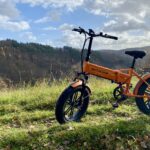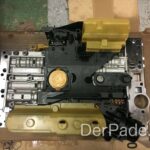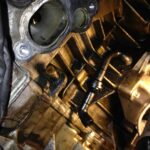Introduction
E-bikes are growing in popularity, and I had the opportunity to extensively test another model. After my experience with the EP2 Pro, I was curious to see if this new model could impress in terms of quality, riding experience, and features. Join me on this journey of discovery and find out if it’s worth buying!
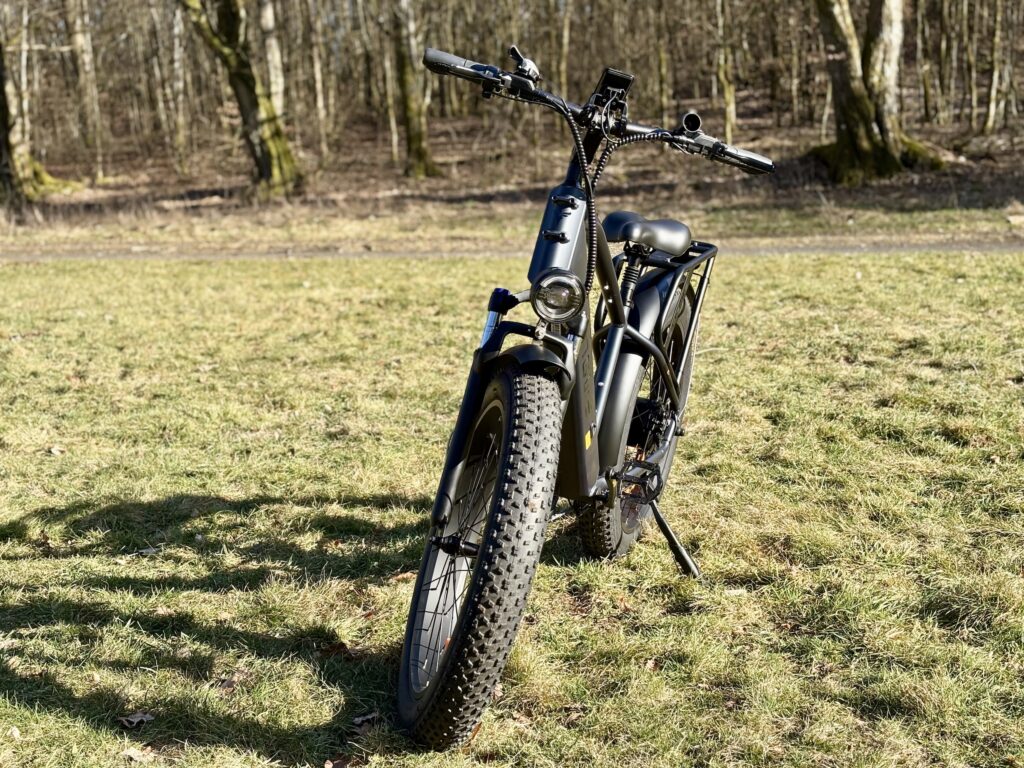


Technical Specifications of the E-Bike
Technical Specifications:
- Model: ENGWE E26
- Motor: 250W
- Wheels: 26 inches in diameter, 4 inches wide
- Battery: 48V
- Weight: 34Kg
- Onboard Computer: Current speed, trip distance, motor assist level, top speed, average speed, etc.
Unboxing & Assembly
Assembling the e-bike is pleasantly straightforward and can be completed in under an hour – even without a pictorial manual. However, I would have appreciated a more detailed guide that explains not only the assembly but also important adjustments. More on that later.
Components to be mounted include the handlebar, light, fenders, and luggage rack.
A real test of patience, however, can be the fine-tuning of the 7-speed gear system, as it does not shift smoothly at first. The steering head bearing also had some play and needed to be adjusted. With some fine-tuning, these issues can be quickly resolved.
Build Quality & Craftsmanship
Right from the unboxing, I was positively surprised by the build quality. The e-bike features a matte finish and stickered branding, giving it a high-quality look. Particularly impressive are the clean welds, which indicate stable and precise workmanship. Compared to the EP2 Pro, the overall quality feels significantly better: no rattling parts, no loose connections – everything is solid and gives a robust impression. Of course, it remains to be seen how the bike holds up in the long run, but the initial impression is entirely positive. The paint also feels durable and seems to withstand a lot. Small scratches or signs of use shouldn’t be a major issue.

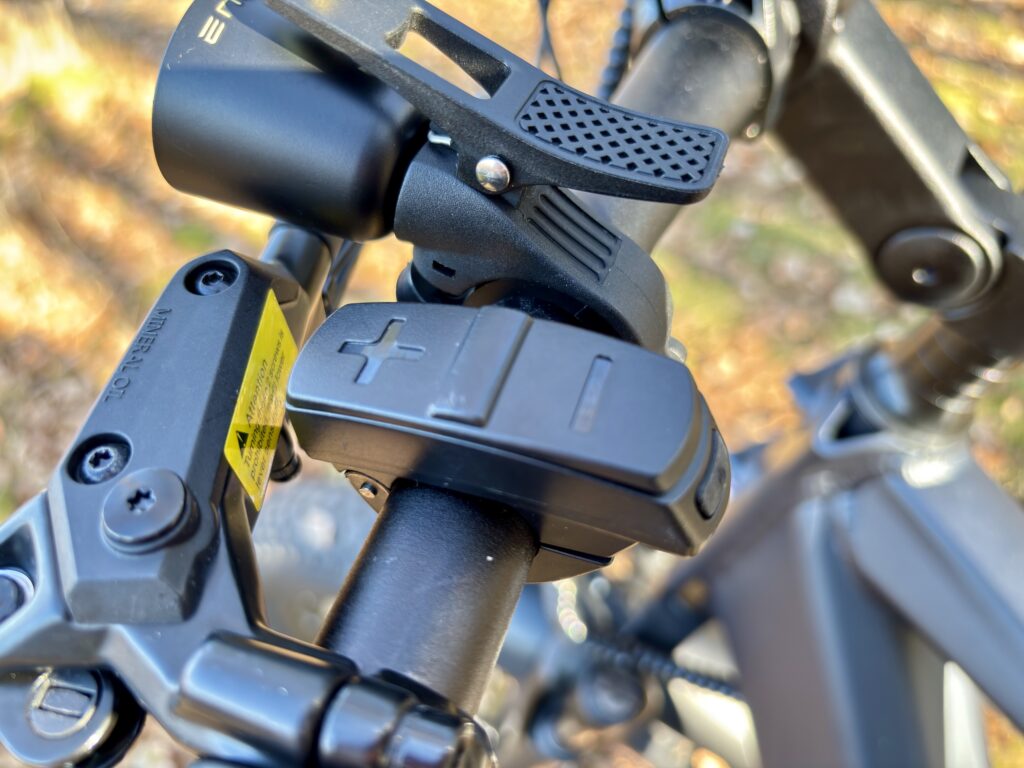
A charming detail is the bell, which comes in an unusual design, adding a playful touch to the bike. A nice change from the standard bells!
Riding Characteristics & Comfort
The E26 stands out with its high level of riding comfort, achieved through a combination of 26×4.0-inch fat tires and a front suspension fork. This suspension shines particularly on rough paths like gravel roads or forest trails, effectively absorbing many bumps.
Motor Assistance
With 70 Nm of torque, the motor provides powerful assistance, which is especially noticeable on long rides or inclines. However, the heavy weight of 34 kg becomes apparent when starting on an uphill – a strong push is needed before the motor fully kicks in. A downside is the absence of a torque sensor. Instead, the E26 uses a simple speed sensor, which does not adjust motor support based on pedaling force but reacts rather abruptly. This can lead to sudden bursts of power, making the ride feel less intuitive. A torque sensor would provide smoother and more natural assistance. Fortunately, the e-bike offers five levels of motor assistance, which can be adjusted via the onboard computer. This allows for good adaptation to different riding conditions and personal preferences.
Riding Without Motor Assistance
Without motor support, the high rolling resistance of the wide tires becomes noticeable. So, if you ride with an empty battery or want to pedal without assistance, expect a rather sluggish riding experience. This is normal for fat bikes but still something to keep in mind.
Battery & Range
The removable 48V 16Ah lithium-ion battery provides a capacity of 768 Wh. Theoretically, this results in a maximum motor runtime of just under 3 hours at full load (250W continuous power), which corresponds to a range of approximately 70 km at 25 km/h. However, maximum power is only required during acceleration, so the manufacturer’s claim of up to 140 km range under optimal conditions seems realistic. In practice, I achieved a range of around 65 km with mixed usage, without fully discharging the battery to preserve its lifespan. I estimate that with very economical riding, a range of 80 km would be possible. Of course, the actual range depends heavily on the route profile, assistance level, and rider weight.

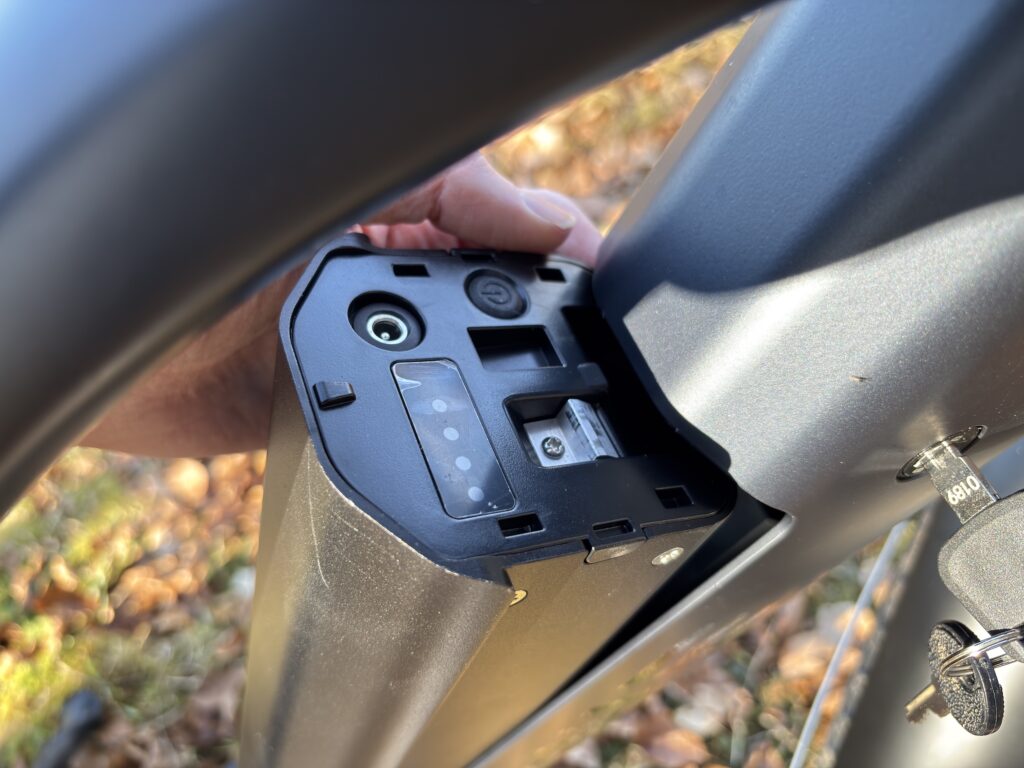
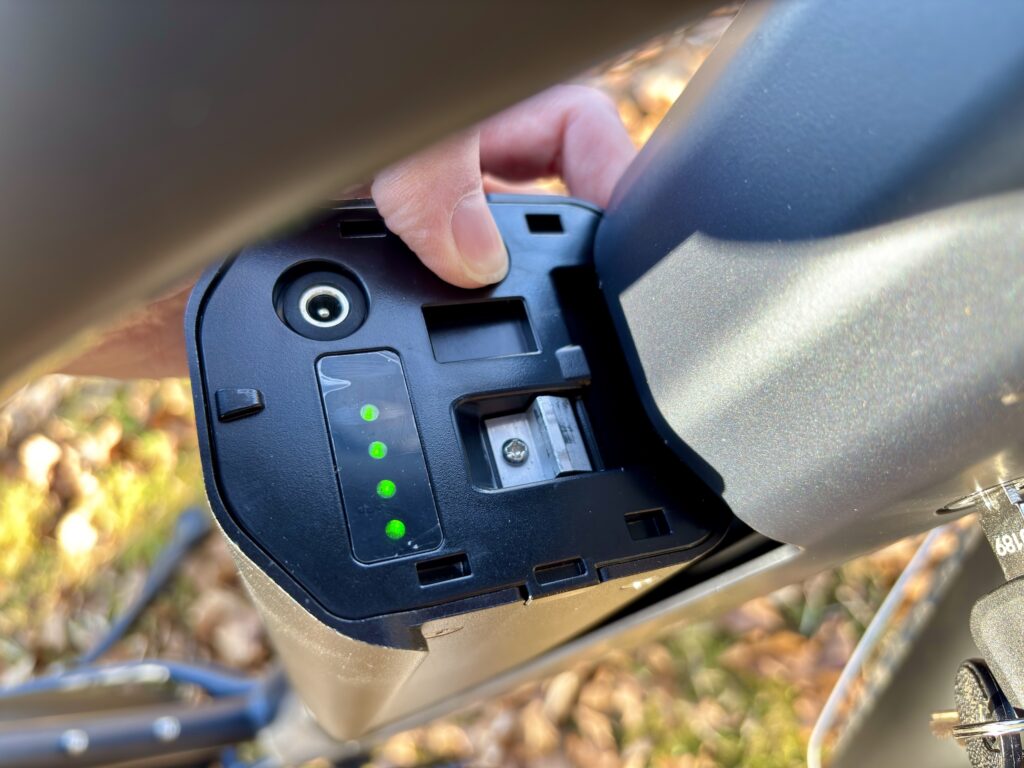
Also practical: The battery has its own charge indicator, allowing you to check the charge level at any time without the battery having to be installed in the e-bike. This is particularly advantageous if you want to charge batteries only halfway for long-term storage.
Ergonomics & Seat Comfort
The E26 is definitely more suitable for taller people. At my height of 1.80 m, I already felt somewhat too small for the bike. I noticed this mainly because I had to set the saddle very low or because the handlebars felt too far forward. Fortunately, the handlebars offer several adjustment options, allowing the bike to be adapted to one’s height. However, shorter riders should definitely take a test ride to check whether the seating position is comfortable. The saddle does offer suspension and an adjustable seat height, but it becomes uncomfortable on longer rides. Those who spend a lot of time on their e-bike may want to invest in a more ergonomic saddle. The grips are another weak point: They feel uncomfortable and leave pressure marks on your hands after long rides. The material does not feel good over time. Upgrading to ergonomic grips could help here.
Features
The operation of the onboard computer is straightforward. It has five buttons: Two for adjusting the assistance level, a power button, one for the light, and another for scrolling through display screens. A clear advantage is the lockable battery, which is removed from the side. Unlike the EP2 Pro, the key does not need to remain inserted at all times, making handling significantly easier. Additionally, the lock feels high quality.
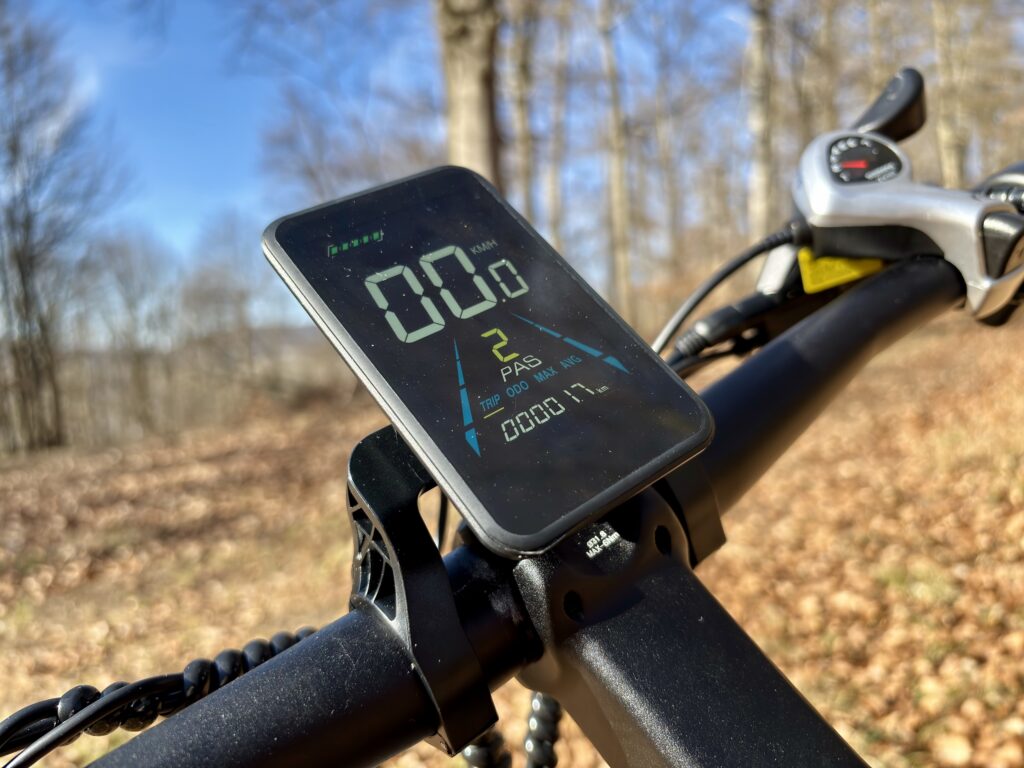
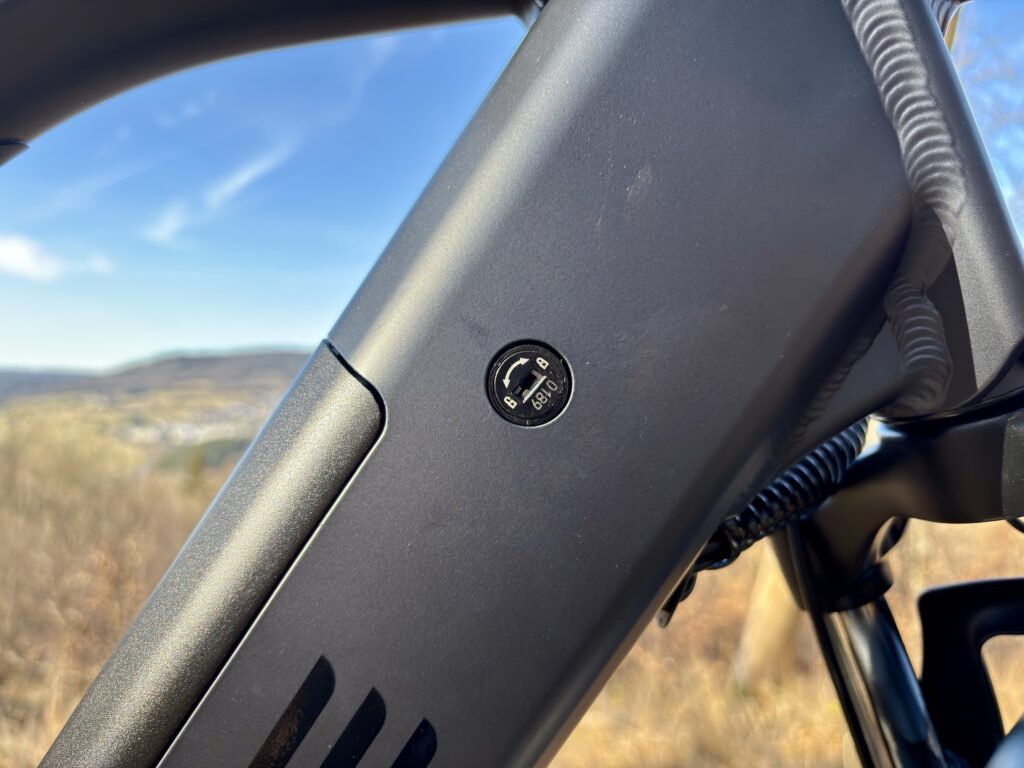
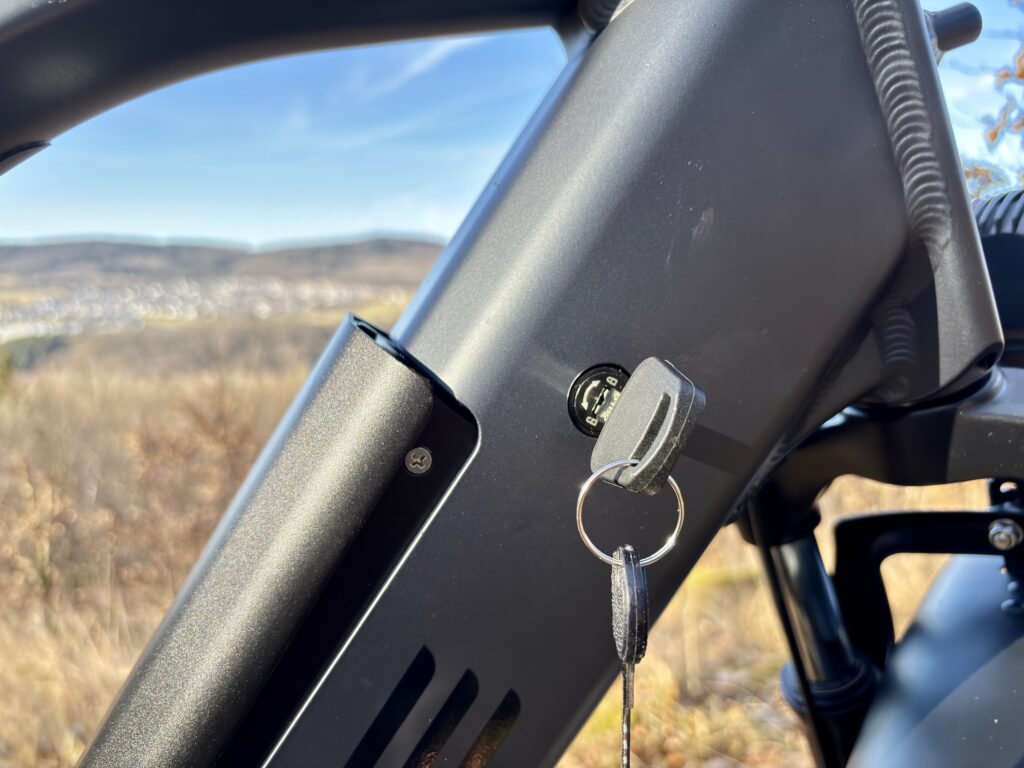
The luggage rack is sturdy but somewhat too thick. A slimmer design could not only save weight but also improve compatibility with standard bicycle bags.
Gears, Suspension & Brakes
The 7-speed gear system shows weaknesses. Immediately after assembly, it required multiple adjustments, as the first gear did not engage cleanly. Overall, it is functional but not particularly high-quality. This gear system is the same as on the EP2 Pro, where it was also a weak point.
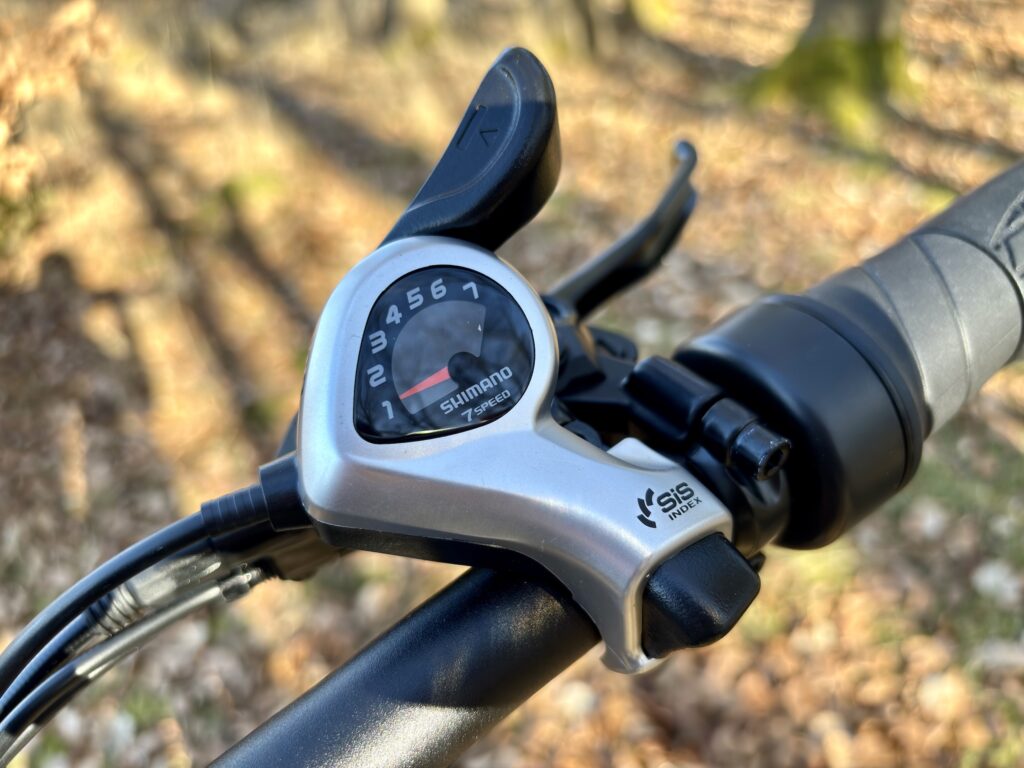

A clear advantage is the hydraulic brakes, which provide excellent braking performance. With 180 mm brake discs, they offer powerful and reliable braking – no squeaking, no fading. Compared to the EP2 Pro, which initially had some braking issues, this is a significant improvement.
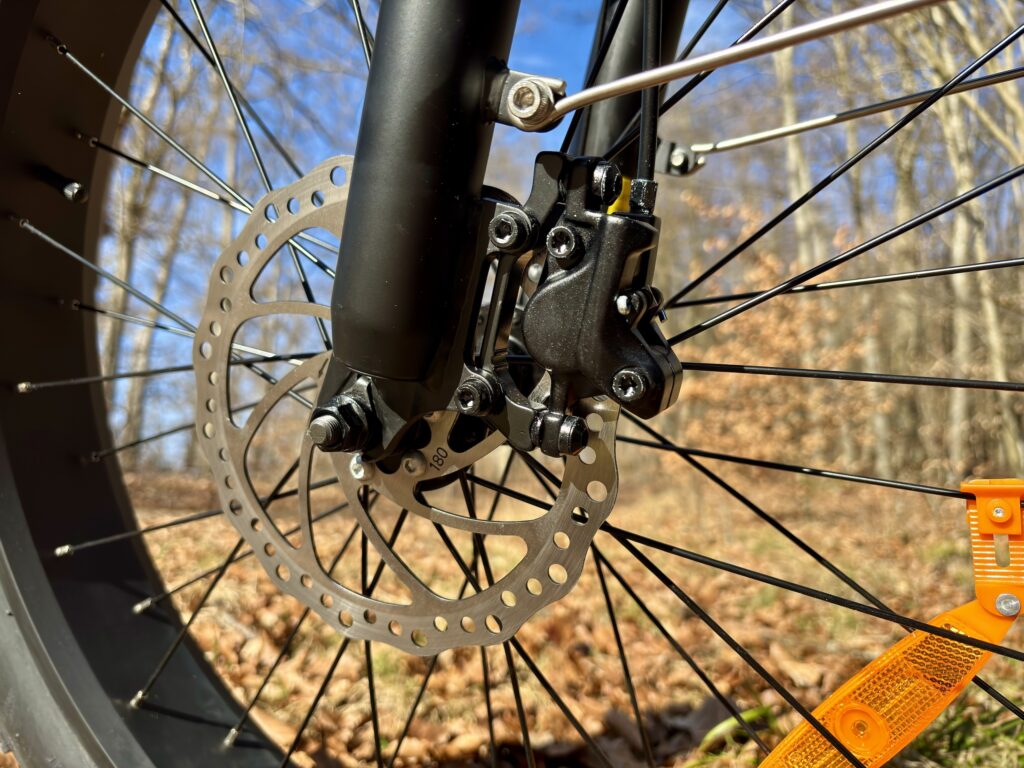
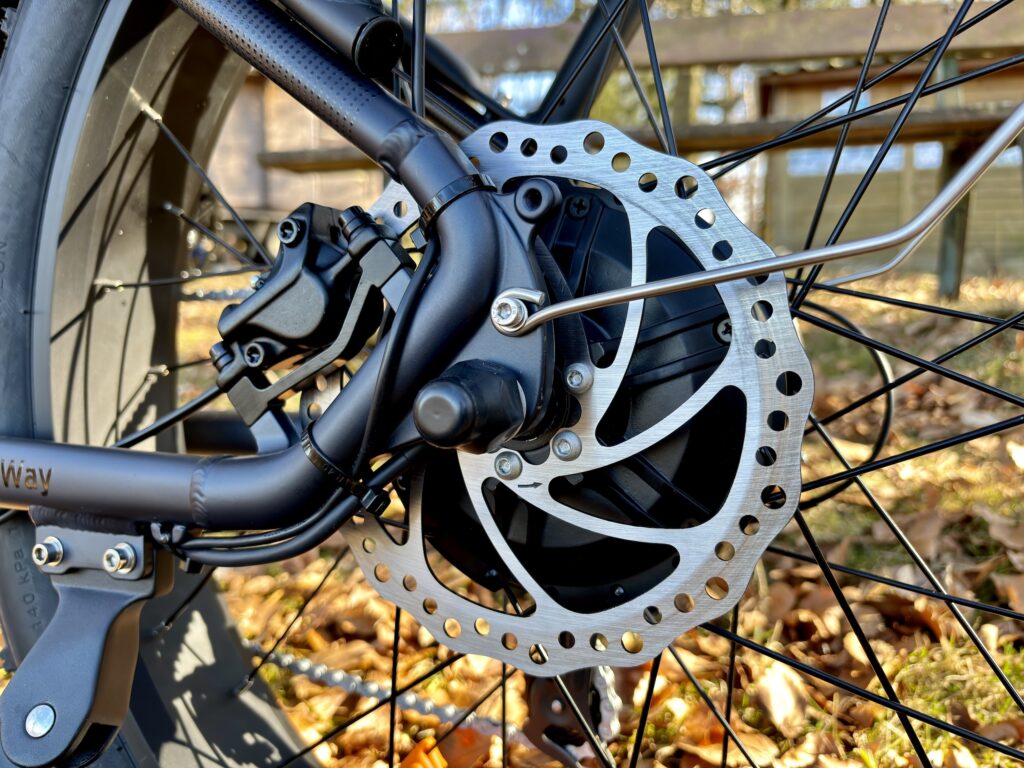
The lighting system impresses with a very bright brake light and a distinctive front light, ensuring good visibility in traffic.
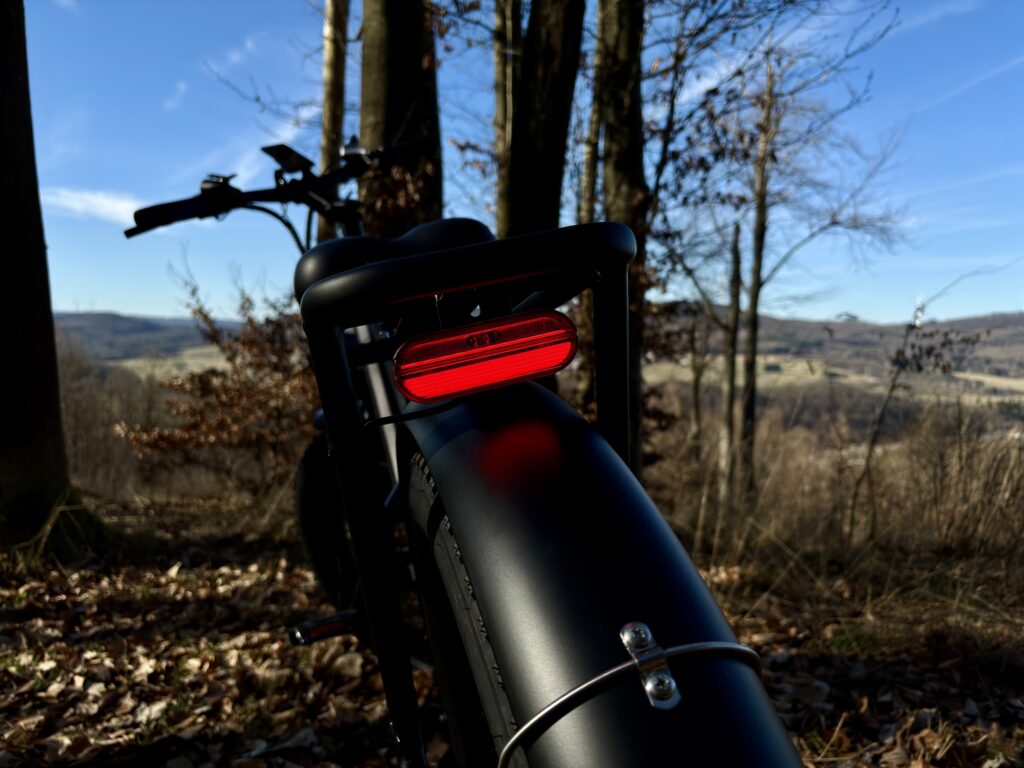


The suspension fork can be individually adjusted and even completely locked, disabling the suspension. One issue I had to address was the headset, which had too much play from the factory. This resulted in the front wheel bouncing when braking abruptly, indicating an improperly adjusted headset.
Conclusion
All in all, this e-bike is a solid model with many strengths but also some minor weaknesses. The good build quality, powerful hydraulic brakes, and comfortable ride on rough terrain are definite advantages. However, the heavy weight (34 kg) has its drawbacks, especially when starting on a hill. Additionally, the lack of a torque sensor affects the riding experience—the assistance is not as smooth and intuitive as it would be with a torque sensor. If you’re looking for a rugged e-bike with good features and can live with the mentioned downsides, this is a strong overall package. With a bit of fine-tuning, it is definitely a worthwhile companion for me.
What do you think about this model? Would it be an option for you? Let me know in the comments!

